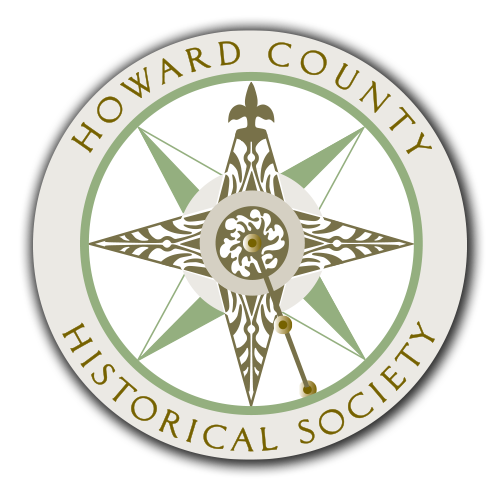Howard County US Colored Troops and Enlistment Bounties
Dr. Mark Stout, Executive Director
Once let the black man get upon his person the brass letter, U.S., let him get an eagle on his button, and a musket on his shoulder and bullets in his pocket, there is no power on earth that can deny that he has earned the right to citizenship. — Frederick Douglas
When South Carolina began the bombardment of federal forces at Fort Sumpter on April 12, 1861, the greatest conflict to ever occur on US soil began. By the summer of 1861, Congress authorized the recruitment of 500,000 soldiers to suppress the rebellion, which later ballooned to over 700,000. Although a considerable number, many of these men eventually deserted and went back home. Needing support personnel, Congress passed the Confiscation Act in July 1862 to allow the government to seize land and property of disloyal citizens (primarily in the Confederacy). Enslaved people — still considered property by the government — could now be utilized as cooks, wagon drivers, and general laborers for the Union army.
Shortly thereafter, Congress passed the Militia Act. This allowed the president to use both free and former enslaved blacks to serve in the military in any capacity. Fearing public opinion from the border states, including Maryland, as well as Union men who were not supportive of emancipation, the employment of blacks in the military was limited to supporting jobs. In essence, both acts served as precursors to the Emancipation Proclamation on January 1, 1863. The proclamation and executive order by Abraham Lincoln famously freed all enslaved people from the 10 states fighting for the Confederacy, and opened the door for military service.
On May 22, 1863, the war department issued General Order 143, which established the Bureau of Colored Troops. While some of these men and women continued to provide support duties, new regiments of black men were actively recruited to serve in combat units, albeit with white officers. Heavy troop losses in the preceding years necessitated the service of black men in these fighting units. Overall, nearly 180,000 soldiers served in the USCT. These men were often sent into the most challenging battle situations, leading to a much higher casualty rate than among the white troops (National Museum of US Army, 2023).
Here in Howard County, Ellicott City (Ellicott Mills) became a hotbed for Union recruiters for the USCT. Over 60 soldiers served, with many fighting in two of the war’s bloodiest battles — The Siege of Petersburg and The Battle of the Crater (Maryland State Archives). While some of these men were free, there were many former enslaved men who served for the Union. In order to boost numbers, both the federal government and the states offered “enlistment bounties” to encourage enslavers to manumit men to serve. In Maryland, these bounties (typically $100) were paid by the state to the owners upon freeing these men to serve in the USCT (University of Maryland Archives). Seeing that Maryland would likely emancipate all enslaved people once a new Constitution was ratified in the fall of 1864, several plantation owners in Howard County took advantage of the bounty.
In 1868, the state of Maryland directed each county to develop a list of all enslaved people prior to the state’s emancipation in 1864 in order to potentially facilitate reparations for the enslavers (this never happened). Often called the “Slave Ledgers,” these lists recorded important information about each enslaved person. One column indicated if the enslaved men enlisted in the USCT, and if the enslaver was compensated. Below, see the manumission document signed by Albert G. Warfield for Samuel Hall. Albert G. Warfield freed Hall — retroactively it appears — to serve in the Union army. While the document states that Hall’s freedom was granted on March 26, 1864, the date that Warfield reportedly signed was August 22, 1865 (Howard County Historical Society). Conceivably, this was done to allow Warfield to collect compensation.
A new exhibit at the Museum of Howard County History about the USCT is now on display. It is situated next to the Confederate Memorial and highlights the fact that these enslaved men were manumitted at the courthouse just a few steps from the museum. The memorial was placed in front of the very same courthouse over 80 years after the Civil War ended and the 14th Amendment was ratified. It was removed in 2017 by County Executive Allan Kittleman and given to the museum as a part of the Civil War display.

Recent Comments